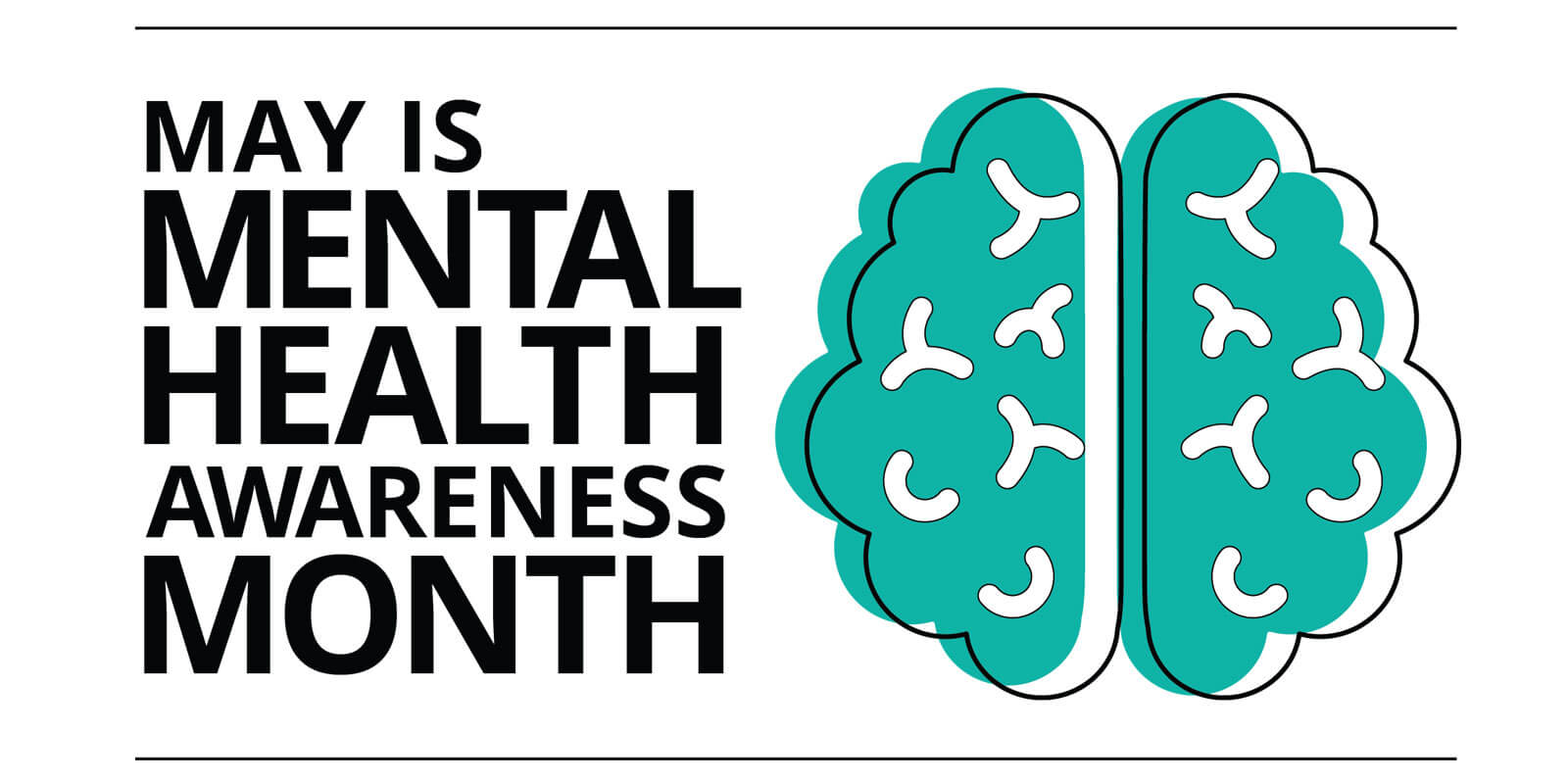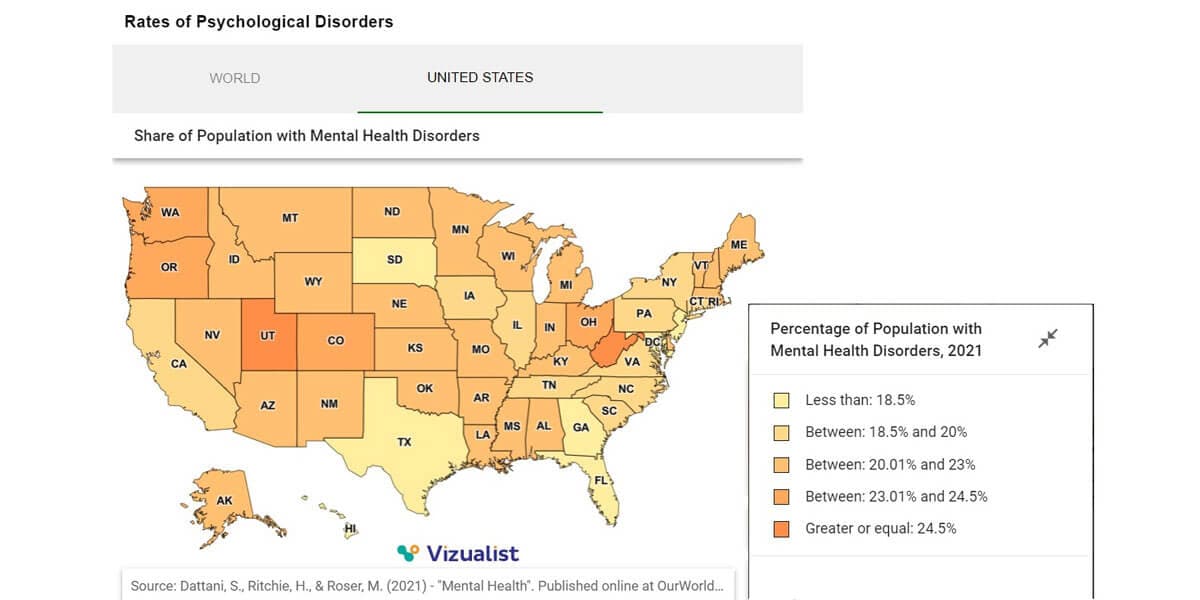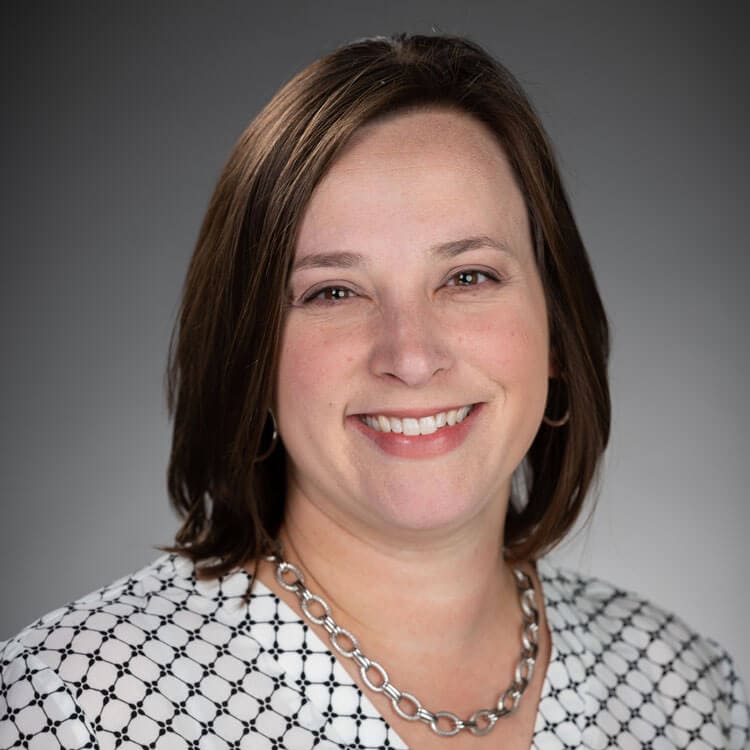
May is Mental Health Awareness Month: Fostering awareness through education

Mental Health Awareness Month began in 1949 – established by Mental Health America – as a way to increase awareness and reduce stigmas associated with mental health issues, as well as promote the vital role that mental health plays in overall health. As a leader in global education, Pearson recognizes our unique responsibility to support and raise awareness for important issues like this one.
Mental Health vs. Mental Disorder
The CDC defines mental health as “our emotional, psychological, and social well-being. It affects how we think, feel, and act. It also helps determine how we handle stress, relate to others, and make healthy choices.”1 Everyone can take action to improve their own mental health.
Mental illness or mental disorder is a diagnosable condition. A mental health professional can help to diagnosis a disorder and may look at things including symptoms, severity, and length of time to make the diagnosis.
The Numbers Tell the Story
While exact numbers may be challenging to find, it is estimated that millions of Americans are living with a mental health issue. According to the National Alliance on Mental Illness (NAMI), within the United States 1 in 5 adults encounter a mental health issue each year with 1 in 20 experiencing a serious issue each year. 1 in 6 within the ages of 6-17 experience a mental health issue each year.2 And a recent survey done by the National Center for Health Statistics (NCHS) shows that mental health treatment has increased over the last three years. 3 The map below highlights impact across the United States. Chances are you know someone that may be affected by or struggling with a mental health issue. So, for yourself or for someone in your life, educating yourself on mental health issues is important.

4 Source: Beidel D., (2023). Psychological Disorders, 5th edition. New Jersey: Pearson.
A shift in language
For many years, the study of mental health issues was named “abnormal psychology”. However, a shift in awareness has led to a change in language. The Beidel / Hudson / Whisenhunt author team, in their 5th Edition of Psychological Disorders (formerly Abnormal Psychology, 4th Ed.), describes the reason for the shift in this way. “The term ‘abnormal’ brings with it a stigma that people in the mental health field have been fighting against for decades. As we move to studying behavior on a continuum (as opposed to classifying into categories), there is more of an appreciation of the range of lived experiences. And, as we have come to understand the breadth of human diversity, there is less demarcation between ‘normal’ and ‘abnormal,’ or ‘good’ and ‘bad.’” 5
Harvard University professors & Pearson authors Dr. Jill Hooley and Dr. Matthew Nock were among the first to rename their Abnormal Psychology course offerings to Psychopathology and led this important, industry-wide naming shift. They discuss the movement in the webinar: “Abnormal Psychology: Time for a change.”
The Hooley / Nock / Butcher author team have this to say in their forthcoming 19th Edition of Psychopathology: A Clinical Science Approach (formerly Abnormal Psychology, 18th Ed.), “Psychological disorders are very common (about 50% of people will meet criteria for one at some point in their lives) – hardly abnormal in any statistical sense.” 6
Education fosters awareness
It is through education that we become informed and increase our awareness.
At Pearson, we’re proud of our editorial process and efforts that mirror efforts in the mental health field to reduce stigmatization. To that extent, the language we use when referring to the symptoms of psychological disorders or the people who exhibit them demonstrates our appreciation for the range of lived experiences.
To help students see themselves in their own learning, we're moving away from the language of "abnormal psychology," updating our course materials, including supplemental resources and test questions. In addition, all texts in this area will have new titles by 2025.
We invite you to explore our psychology products. Learn more today.
Resources
1 “About Mental Health.” CDC. Accessed 4/16/24
2 “Mental Health by the Numbers.” National Alliance on Mental Health. Accessed 4/15/2024.
3 “Mental Health Treatment Among Adults Aged 18-44: United States,” 2019-2021. Centers for Disease Control and Prevention. Accessed 4/15/2024.
4 Source: Beidel D., (2023). Psychological Disorders, 5th edition. New Jersey: Pearson.
5 Source: Beidel D., (2023). Psychological Disorders, 5th edition. New Jersey: Pearson.
6 Source: Hooley J., (2025). Psychopathology: A Clinical Science Approach, 19th Edition. New Jersey: Pearson.
About the author

Rachele Strober, Pearson Senior Product Marketing Manager
Rachele Strober is the Senior Product Manager for several of Pearson’s Humanities & Sciences, including the Psychology list. A graduate of Villanova University, Rachele holds a degree in English with a concentration in Women’s Studies and a minor in Communication. During her 20 years at Pearson she has worked in sales, implementation, and marketing. Rachele resides in New Jersey.
“What I love about working in higher education is knowing that we are creating content that helps people better their lives. Education fosters awareness for everything.”



